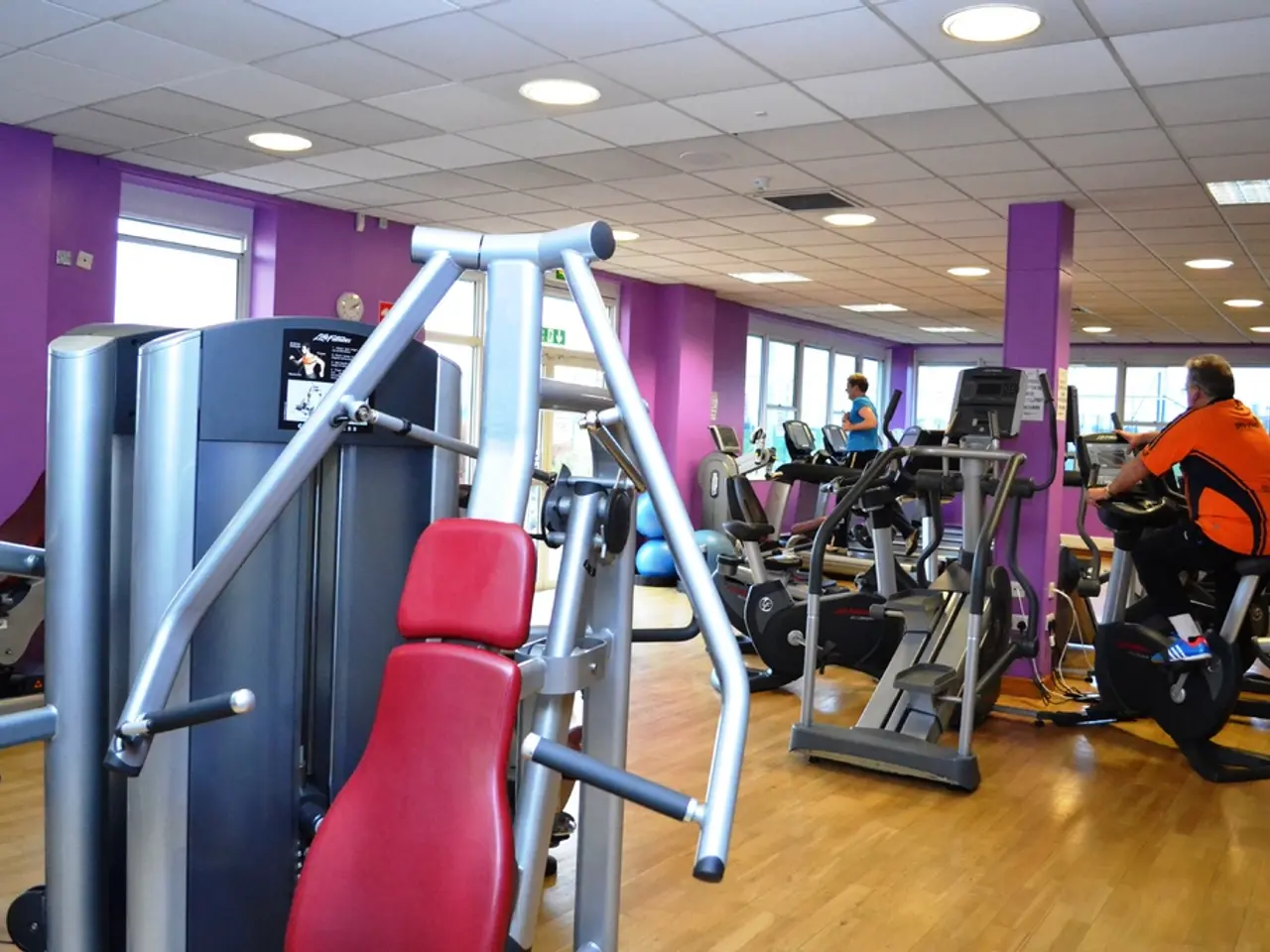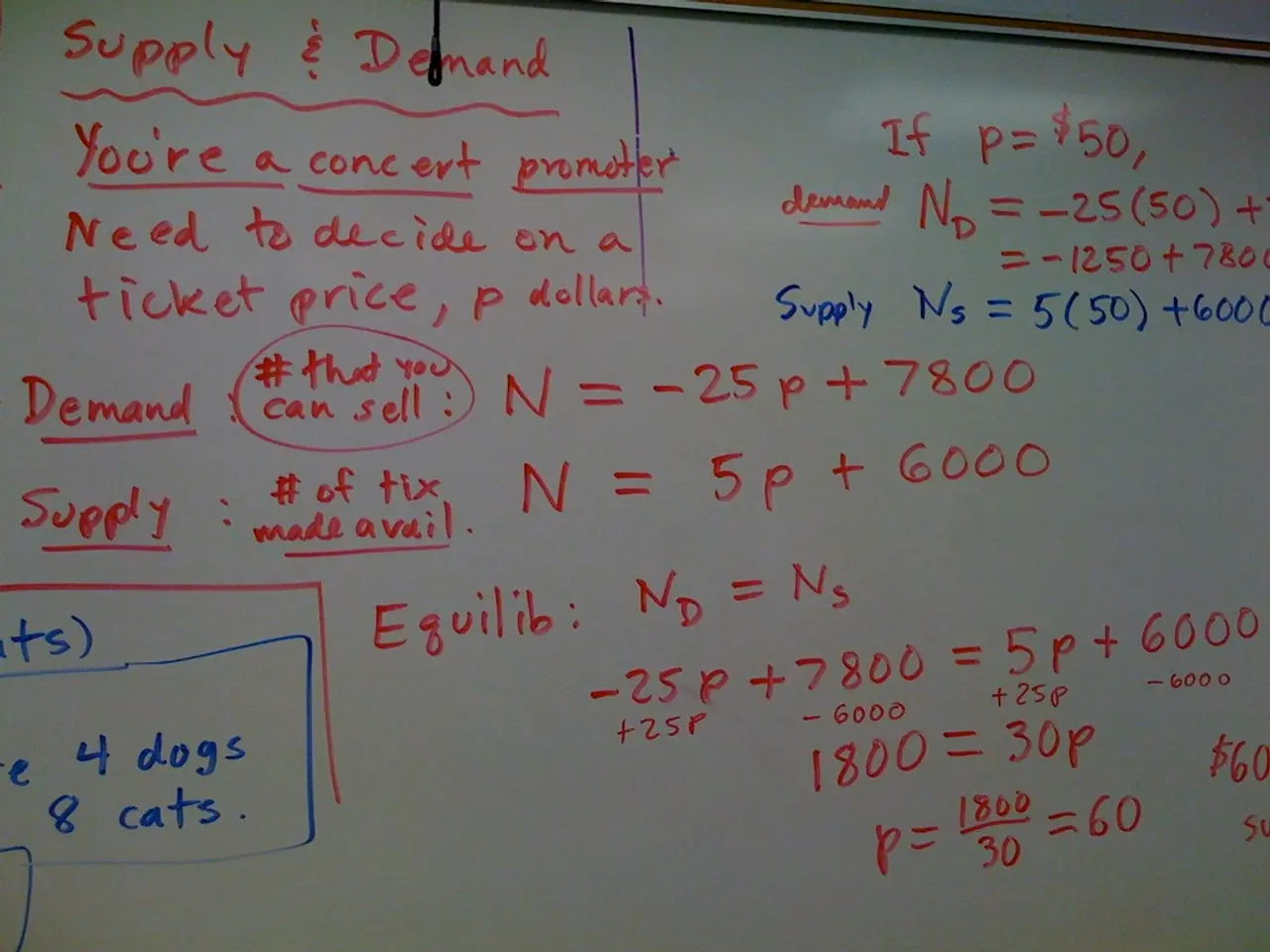Common Misconceptions Regarding Fitness Equipment It's Time to Debunk
In the pursuit of fitness, it's essential to understand that a well-rounded approach is key. Effective weight loss and overall well-being require a combination of cardio, strength training, and proper diet. Here, we debunk common myths about fitness equipment and provide tips for making informed decisions.
Firstly, it's crucial to address some misconceptions about fitness equipment. Cardio machines, like treadmills or ellipticals, do not provide exact calories burned. While they offer rough estimates, these may vary significantly due to differences in metabolism, age, weight, and workout intensity.
Another myth is that heavy weights will automatically bulk you up. In reality, significant muscle bulking requires a calorie surplus, intensive training over a long time, and sometimes specific supplements. Ordinary strength training is more likely to tone muscles and improve fitness than cause bulky muscle growth.
It's also a misconception that you can eat anything after working out because you've "earned it." Exercise does not negate the effects of poor diet. Nutrition fundamentally fuels the results of workouts, and consistent calorie balance is key to weight management and fitness gains.
Contrary to popular belief, workouts do not necessarily need to be long to be effective. Short, focused high-intensity workouts, such as 15 minutes of HIIT, can be highly effective for improving strength, cardiovascular health, and metabolism.
When it comes to fitness equipment, both free weights and machines have their merits. Free weights are dynamic and versatile, offering more freedom for complex movements. Resistance machines, on the other hand, help isolate muscles, maintain good form, reduce injury risk, and are particularly useful for beginners or rehabilitation. Progressive overload with machines supports muscle growth effectively.
Functional training tools, like medicine balls, battle ropes, and resistance bands, help improve movement efficiency and overall athleticism beyond simple muscle strength. Calisthenics (bodyweight exercises) can build strength and lean muscle without any equipment and offer convenience. However, weights and machines may facilitate greater muscle mass gains and easier muscle isolation for targeted development.
To make informed workout equipment decisions, identify your fitness goals. Choose equipment that supports those goals effectively: cardio machines for aerobic conditioning, free weights or machines for strength and muscle growth, and functional tools for movement and stability. Consider your experience level—machines may be safer and more instructive for beginners, while free weights offer more freedom and complexity for advanced users.
Don't rely solely on machines' calorie counter stats; track progress through performance and body changes instead. Prioritize a balanced routine that includes strength training, cardio, and flexibility/mobility work. Factor in budget, space, and convenience—calisthenics requires minimal equipment and is highly accessible.
Lastly, remember that no piece of fitness equipment will magically transform your body without effort on your part. Consistency, intensity, and proper form are essential for achieving results. Vibration machines can provide some benefits, such as stimulating muscle contractions and improving circulation, but they are not a substitute for a comprehensive workout routine for significant fitness gains.
In conclusion, a well-rounded approach that includes cardiovascular exercise, strength training, flexibility work, and proper nutrition is required to get fit. Critically evaluate fitness claims, seek out credible sources, and select workout equipment based on well-defined personal goals, gradual progression, and safety considerations rather than marketing hype or myths.
- In the quest for fitness, a well-rounded approach comprising cardio, strength training, and proper diet is essential for effective weight loss and overall well-being.
- Although cardio machines like treadmills and ellipticals offer rough estimates, the calories burned can vary significantly due to differences in metabolism, age, weight, and intensity.
- The misconception that heavy weights will automatically bulk you up is not correct; significant muscle bulking requires a calorie surplus, intensive training over an extended period, and specific supplements.
- Nutrition is fundamental to the results of workouts; a consistent calorie balance is key to weight management and fitness gains, and exercise does not negate the effects of poor diet.
- Short, focused high-intensity workouts, such as 15 minutes of HIIT, can significantly improve strength, cardiovascular health, and metabolism, contrary to the belief that workouts must be long to be effective.
- Both free weights and machines have their advantages; free weights are versatile and dynamic, while resistance machines help isolate muscles, maintain proper form, and reduce injury risk.
- Functional training tools enhance movement efficiency and overall athleticism beyond simple muscle strength, while calisthenics (bodyweight exercises) build strength and lean muscle with minimal equipment.
- When choosing workout equipment, identify your fitness goals and select items that support those goals effectively; consider your experience level and opt for machines for beginners or rehabilitation, while free weights offer more freedom and complexity for advanced users.
- Avoid relying solely on machines' calorie counter statistics; instead, track progress through performance and body changes, prioritize a balanced routine, and factor in budget, space, and convenience when making equipment decisions.
- Ultimately, no piece of fitness equipment can magically transform your body without effort on your part; consistency, intensity, proper form, and a comprehensive workout routine coupled with proper nutrition are crucial for achieving significant fitness gains.




